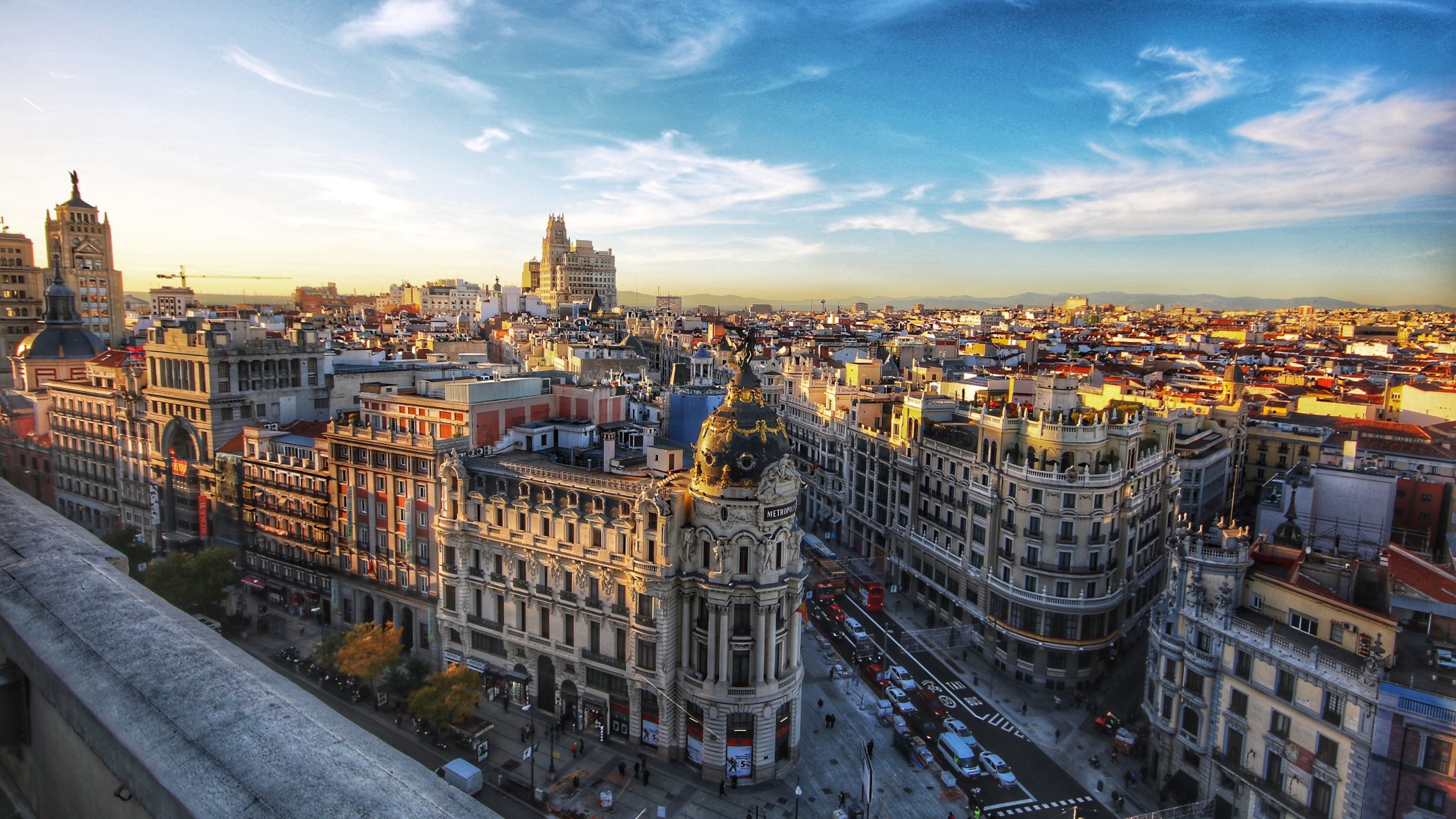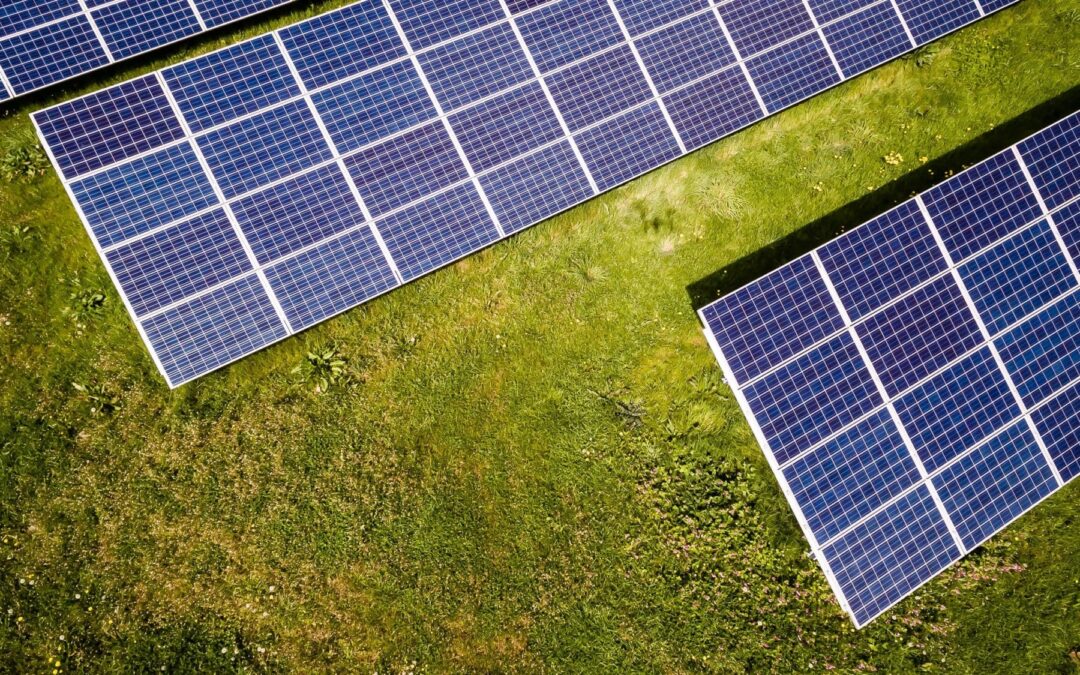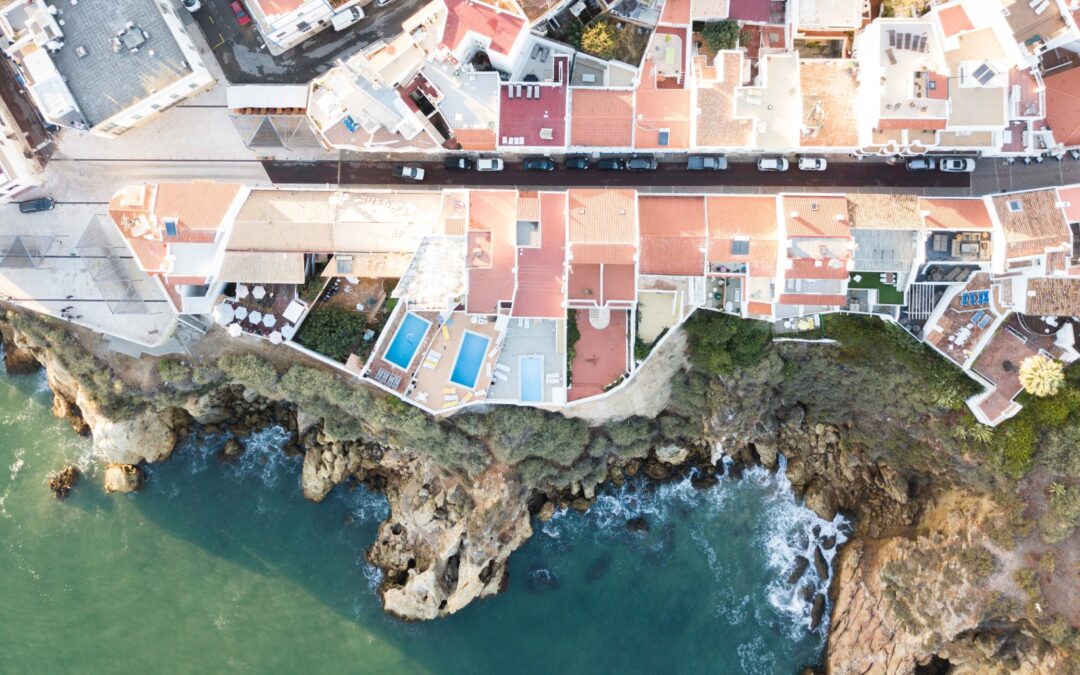
Spain’s struggle to adopt solar power

Most recent
After several crucial policy missteps, sunny Spain is struggling to get solar power off the ground.
The sunny plains of Spain seem like the ideal location for solar power. But instead, the country fails to capitalize on this abundant natural resource, generating just a meager 8.05 percent of its total electricity with solar photovoltaic. Why is Spain struggling with adopting solar power and can it turn the course and become a solar energy powerhouse?
In 2005, the Spanish government passed the Plan de Energías Renovables en España or The Spanish Renewable Energy Plan. An ambitious plan laid down the foundation for the electric grid of the future, increasing the share of renewable energy to 29.4 percent by 2010. The plan was a revision to the earlier Spanish Promotion Plan for Renewable Energy passed in 2000, now further strengthening the government’s commitment to meet its renewable energy targets, guaranteeing financing to promote innovations and adoption within the renewable energy market. The policy changes had to furthermore create a more hospitable investment climate, aiming to attract an estimated € 23 billion ($27 billion), in doing so reducing the reliance of Spain on imported fossil fuels. But all came crashing down as the Spanish government’s finances crumbled and it had to step on the brakes, creating a snowball effect that crippled the renewable energy market for years to come.
Spain cracks down on solar power
In 2011, the center-right People’s Party under the helm of Mariano Rajoy was expected to revamp the energy sector in Spain, by stripping the renewable energy sector from crucial subsidies. The austerity measures were fueled by the eurozone debt crisis, which required tough decisions from countries with large debts to restructure their financial revenue streams. Head of the People’s Party’s FAES think tank, Jaime Legaz, told Reuters that the Spanish government was betting on expensive renewable energy projects, which households are struggling to afford, creating an upwards cycle of household energy bills. The slowdown of renewable projects had to stabilize energy costs. At least, in theory.
In 2013, the subsidy cuts introduced by the Spanish government sparked a backlash from international investors, who in years prior flocked to the country for its push to adopt renewable energy. After the government had built up an electricity tariff deficit of over €28 billion ($ 29 billion) due to its guaranteed buy-back schemes, it saw itself forced to introduce new ways to make up for its losses. Meanwhile, investors had signed commitments for renewable energy projects worth upwards of €13 billion ($13.5 billion) according to El Pais. Investors were seeking legal action to demand compensation. On top of the money involved, the u-turn on renewable energy became a PR nightmare for Spain, which lost credibility with foreign investors. This was symbolized by Abu Dhabi, which sued the Spanish government over its reductions in premiums for solar thermal energy. Despite the setback in foreign relations, the government pushed forward to crack down on the adoption of renewable energy.
In June 2015, the Spanish government further deluded the rise of renewable energy and independent energy generation by announcing a tax for households that generate and store their own energy. El Pais reported that a draft decree proposed by the Industry, Energy and Tourism Ministry would inhibit households from installing battery power walls for energy storage from renewable installations such as solar panels that are connected to the nation’s electrical grid. The law exempts off-the-grid solutions. The fees to discourage energy storage range from €8.90 to €15.30 per kilowatt for wattage less than 15 kW, according to El Pais, who cited energy regulation expert, Jorge Morales de Labra. This is a serious hurdle for households to overcome.
Spain’s energy sector in turmoil
The proposed legislation left small solar power generators in disarray. Self-generation helped reduce energy costs for small business owners and households in a country with the fourth-highest energy bills across the European continent. But with the new policy changes, instead of helping households and businesses reduce their bills, they would now actively discourage them from adopting locally sourced solar power. El Pais remarks that the policies are paradoxical for a country that baths in the sunshine.
Energy sector expert, Jorge Fabra Stray, told El Pais, “Two years ago if a taxpayer put a solar panel on his or her roof and recouped the investment, the electricity produced would be cheaper than that provided by a utility. So why aren’t there more solar panels in our cities? Because the electricity companies are writing the rules.” The Spanish Solar Photovoltaic Association, UNEF, argued that under the new policies, the average household would see their investments in renewable energy products returned in an eye-watering 31 years. Small businesses would need 7 to 8 years. Spain was now on course to brand itself as the antagonist for independent energy generation. A window of 31 years would leave every household thinking twice about installing solar panels on their roofs.

At the end of 2014, four years down the line and two years after subsidies had been cut, renewable energy companies were verge of bankruptcy, with some that had already perished shortly after. Reuters reported that renewable energy giant, Abengoa S.A was set to become the largest bankruptcy ever recorded in Spanish history. Abengoa was previously a traditional utility company but has been at the forefront of renewable energy ever since, with large solar farm projects like the Solana concentrated solar plant commissioned near Arizona, Texas. Abengoa was now left scrambling for cash to pay off its debts.
To stabilize its cash position, the energy company announced it would plan a rigorous reorganization, attempting to shrink its revenue by 30 percent to a more modest €7.15 billion ($7.80 billion). The plan had to convince creditors the company will be able to operate as a smaller entity, according to Bloomberg. As part of its downsizing, it filed for bankruptcy in the United States in 2016. This financial struggle of a once prospering energy company was a testament to the government’s failure to find a balance in cutting costs while helping households save costs during a time of economic hardship. But the government is now trying to make up for lost time.
Spain’s reignited commitment to solar
In June 2018, Teresa Ribera, Minister of Energy and Environment announced that the Spanish government would scrap what came to be known as the “sun tax”. The tax was a piece of legislation that raised an additional fee over 10-kilowatt installations that were connected to the nation’s power grid. As noted earlier, the tax served as a legal instrument to reduce government spending and decrease its mountains of debt. The scrapping of the tax would be the first sign of wind of change in the country.
In September 2021, the Guardian reported on the rising popularity of energy cooperatives within Spain. The spike in demand for solar panel adoption is a result of policies that allowed installations in small lots, compared to large solar farms which are only financially feasible for dominant energy suppliers. This increased interest resulted in soaring solar power capacity. In January 2022, UNEF reported that photovoltaic solar installations for self-consumption had grown by 101.84 percent in 2021, compared to 2020, reaching a total capacity of 1203 MW. Domestic self-consumption reached a share of 32 percent in 2021, compared to 19 percent in 2020. CEO of UNEF, José Donoso, explained that policy changes had enabled the rapid rise of photovoltaic solar capacity. Donoso said, “individuals have realized that their money is better off on their rooftops than in their banks.” UNEF noted that self-consumption is set to grow further in 2022.
In October 2022, the Spanish government issued additional policy changes that had to further promote the adoption of solar panels in households across the country. Teresa Ribera, Minister of Ecology, remarked that there is an increased interest in means to reduce household energy bills. To facilitate these reductions, the government has simplified regulations to individually generate energy. Households residing in apartment blocks can more easily install solar panels collectively. The move is necessary, as Euractiv notes that two-thirds of the Spanish population live in apartment complexes, which require multiple households to allow and buy into solar power.
Renewable woes remain in Spain
The recent changes introduced by the government are necessary to get Spain back on the renewable track, but it still feels the pinch of decisions made by policymakers years earlier. Before the subsidy cuts at the dawn of the 2010s, France 24 reported that the heavy cash injections during the early 2000s persuaded many entrepreneurial citizens to set up their own small utility companies. Spaniards were persuaded by guaranteed prices and buybacks. But the possible gains were not exclusive to them. It attracted countless investors who set up shop, driving renewable energy costs down, leaving the government with unfunded commitments, and Spaniards with no guaranteed returns for their investments. Some were left with loans that they couldn’t repay, verging on bankruptcy themselves.
Euronews headlined the whole renewable ordeal has been shrouded in controversy. Local communities have become weary of the government and its plans to ramp up renewable energy once more with 15,000 protestors marching out into the streets demanding that big utility companies don’t export large renewable energy generated within Spain. Big energy companies might once again reap the benefits and shift the economic burden onto their citizens. Protesters also argued that the proposed manufacturing job opportunities are overstated, as these companies used robotics and automated work processes to streamline their production. Platform in Defence of Teruel Landscape spokesman, Javier Oquendo, told Euronews, “The companies claim to bring work to the area.” Adding, “[…] these machines are automated and the work is specialized. In one wind farm close to here, we think one person is employed but we don’t know who they are or where they live.” Ecologists also worry about local ecosystems that will be threatened by large swaths of black solar panels dotted across the landscape, saying that renewable energy companies only come to these locations to generate revenue. But one might argue that polluting coal plants won’t do much good for local flora and fauna.
The different stakes have created a rift between members of the community, with those who feel that renewable energy can finally turn the favors of energy generations back into the hands of civilians, instead of those who favor coal plants. Whilst others dislike the idea of neighbors with land-reaping land lease benefits, while others have no such opportunity.
Spain has seen a lot of back and forth in terms of renewable energy policies. One year it steps on the gas and pours billions into large projects, and the other it pulls the handbrake causing economic turmoil in its wake. Now the government has once again pledged it would ramp up investments in renewable and loosen the regulatory ties, giving individuals and small business control once more. That doesn’t mean it will be all smooth sailing from here, as citizens are divided after the last big push to adopt renewable energy. Big energy companies and investors nearly bankrupt the nation, leaving Spaniards with piles of debt. Perhaps, if the Spanish government can strike a balance between an open market and regulations to keep large firms in check, it might finally become the renewable powerhouse it so desires.
Further reading

Morocco’s mission to become a solar powerhouse
Morocco has great ambitions to become a net solar exporter. How does the country plan to achieve these incredible...

SolarDuck’s mission to scale offshore solar
Start-up SolarDuck wants to demonstrate that offshore solar energy can unlock the doors to scaling renewable...

Restoring ecosystems with solar panels
Solar panels are a crucial part of decarbonizing our environment. But, they also pose a risk to local...
Most recent

How Myanmar lost 30% of its forest in 30 years
Myanmar is seeing deforestation rates increase rapidly. In the last three decades, the country already lost 30 percent...

Portugal’s struggle to part with fossil fuels
Portugal is heavily reliant on fossil fuels and its love affair with the fossil fuel industry makes transitioning to...

Climate change spells uncertain future for winemakers
Winemakers ride into an uncertain future as climate change spells greater uncertainty for their businesses. Climate...


